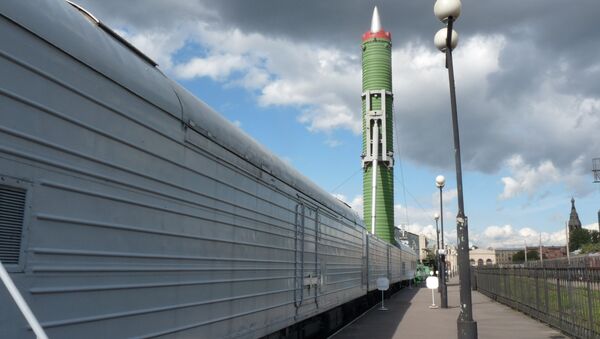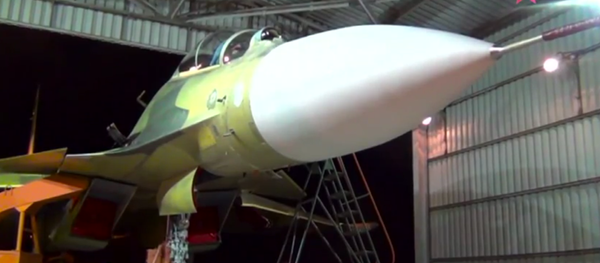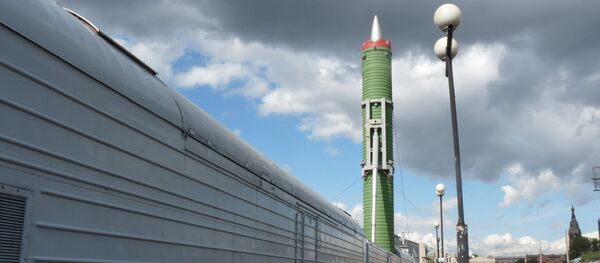The USSR operated 12 BZhRKs with three missile launchers each, and it was an efficient and intimidating solution. The vehicles travelled across the system of railroads on the country's vast territory and closely resembled ordinary cargo trains, bringing to naught the capabilities of satellite surveillance.
As it was impossible to precisely determine the place where they could fire a nuclear missile, they were dubbed as "death" or "phantom" trains.
In 2005, Russia decommissioned the trains. Ten years later Moscow has decided to embark on the idea again.
Russian military industry official Viktor Murakhovsky explained the advantages of the next-generation nuke trains:
"They will not need any specific big cars. They will completely coincide with the existing parameters of railcars and will therefore be completely hidden from a foe's reconnaissance and surveillance. Moreover, the system will enable launches virtually everywhere on the railway bed in contrast with the previous system that required special launch conditions."
A Russian BZhRK's cars can resist an explosion of a nuclear warhead just several hundred meters away. Such a train can run for a month autonomously and pass up to 1,000 kilometers daily at the speed of nearly 100 kmph.




